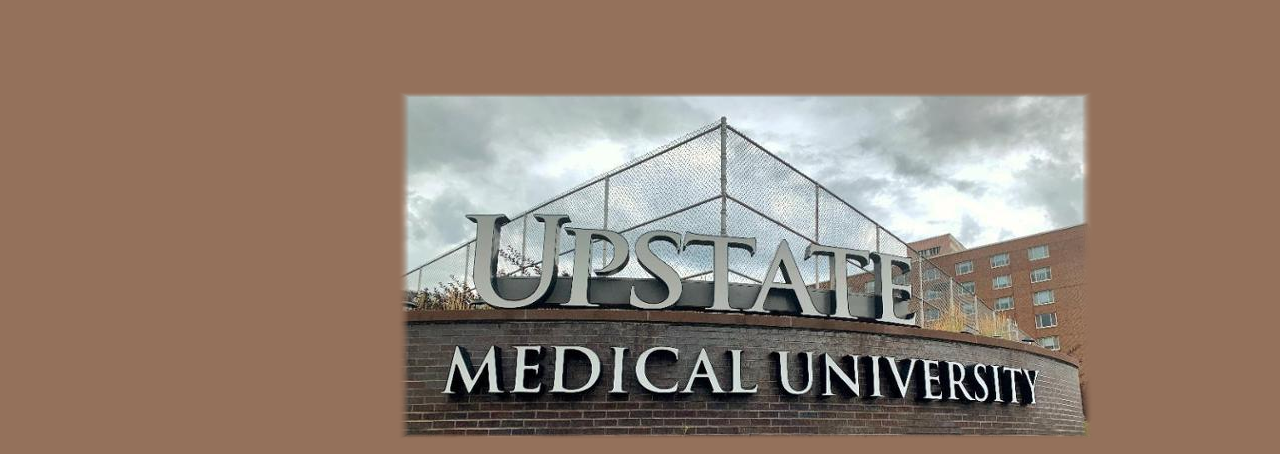Groundbreaking Clinical Trial at Upstate Offers Hope for Epilepsy Patients
Right now, researchers across the country are undertaking a groundbreaking clinical trial with the potential to help epilepsy patients without highly invasive and destructive brain surgery. The first patient received this experimental treatment here at Upstate in June 2022, and the initial results provide hope that this new therapy could dramatically improve the lives of those living with epilepsy.
Robert Beach, MD, PhD is the principal investigator of the trial at Upstate, being run by Neurona Therapeutics. Beach is a Professor of Neurology and the director of the Comprehensive Epilepsy Program.
“Epilepsy is one of the most common neurologic diseases, and about half of patients with epilepsy cannot get full control with medication,” explains Dr. Beach. The current standard treatment for patients suffering from the most common form of uncontrolled seizures (temporal lobe epilepsy) is a temporal lobectomy, which involves removing the hippocampus and part of the anterior temporal lobe. While it can reduce seizures by about 70-80%, there can be side effects. “If surgery is done on the dominant hemisphere, there’s usually some change in language function,” he says. “Some patients have seizures coming from both sides, and if you perform the surgery on both sides the patient loses all their short-term memory.”
The new treatment being tested now is called NRTX-1001; where cells are implanted directly into the brain. NRTX-1001 is made from human stem cells that have been developed into stable interneurons. These interneurons release Gamma-Aminobutyric Acid (GABA), which is thought to inhibit seizure activity. The first dose was administered by Harish Babu, MD, PhD, assistant professor of neurosurgery.
The initial results have been extremely promising. “Our first patient went from roughly 30 seizures a month down to one or two a month,” says Dr. Beach.
“I think it’s very remarkable, very unusual to see such a dramatic improvement. The next question is whether we can actually get seizure freedom,” Dr. Beach explains. “I think with the second step, which is a higher dose, that could possibly happen.”
Research coordinator Lena Deb has been working behind the scenes to make this study possible at Upstate; coordinating multiple departments and researchers who needed to work together to execute the treatment. “It was a big deal to enroll the first patient,” she says, ”not only here at Upstate but in the entire study.” Deb interacts with the trial participants throughout the entire process and sees how life-changing these trials can be. “Meeting them over a year ago and seeing how they were and their quality of life, and then to see where they're at now; they're a lot happier. They're more social, they're out doing things that they couldn't do previously. It's great to see their progress.”
“It was a huge learning curve for all of us, thankfully we were successful,” says Deb. “The most important thing was that our patient was safe throughout and is improving and doing well.”
The results of this study are gaining attention; the paper written on the initial results was featured at this year’s annual meeting of the American Academy of Neurology, the largest meeting of neurologists. “It was clearly recognized that this is a novel and important study,” says Dr. Beach.
Plans are in the works for the next group of participants to receive the treatment; if you’d like more information on this trial, you can read the full details here, or you can email Lena Deb at debl@upstate.edu
comments powered by Disqus


